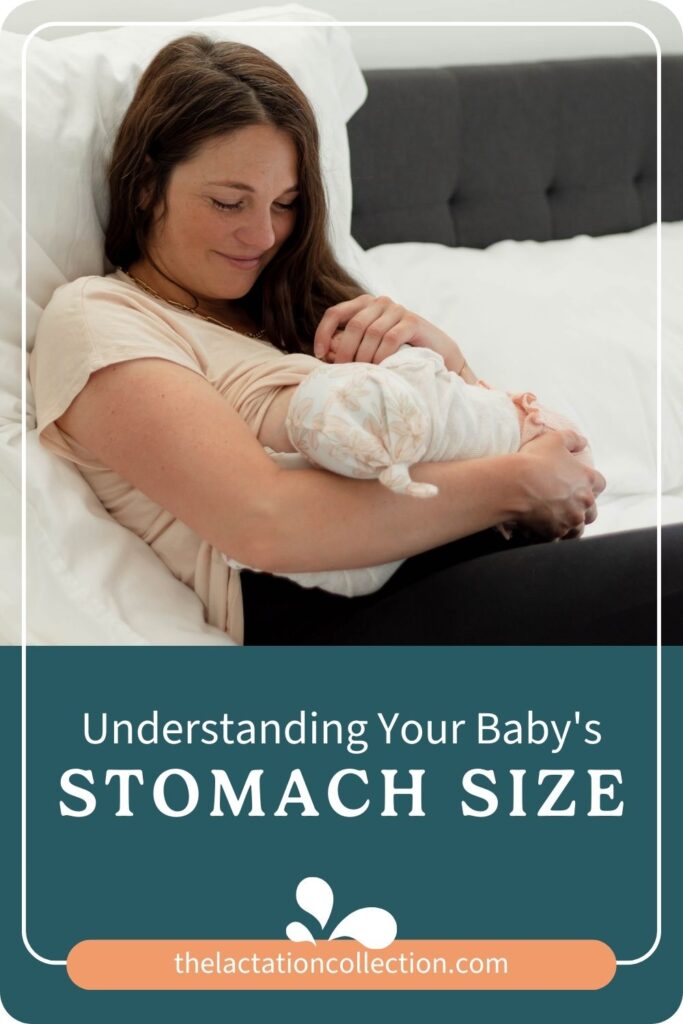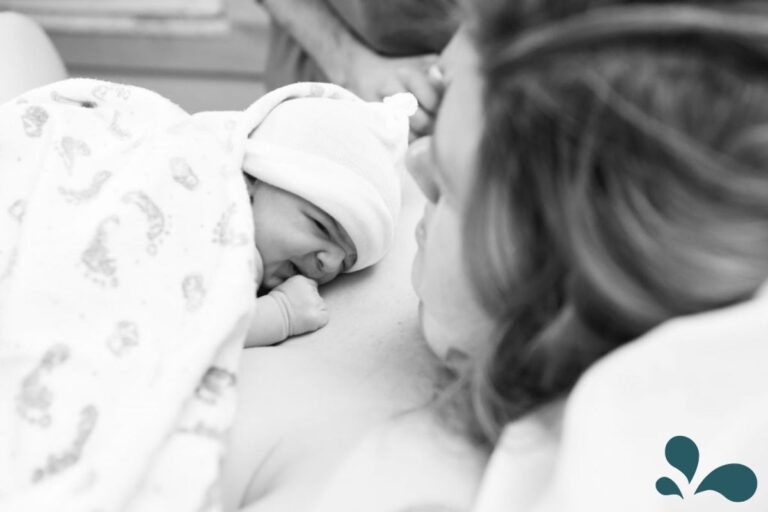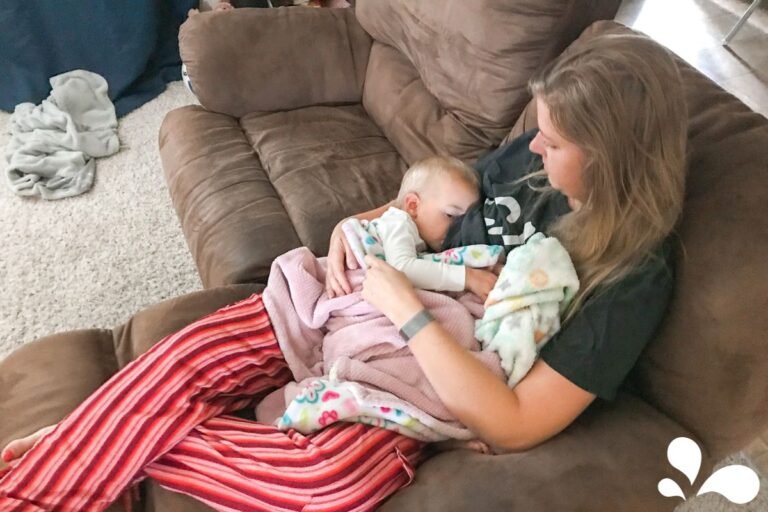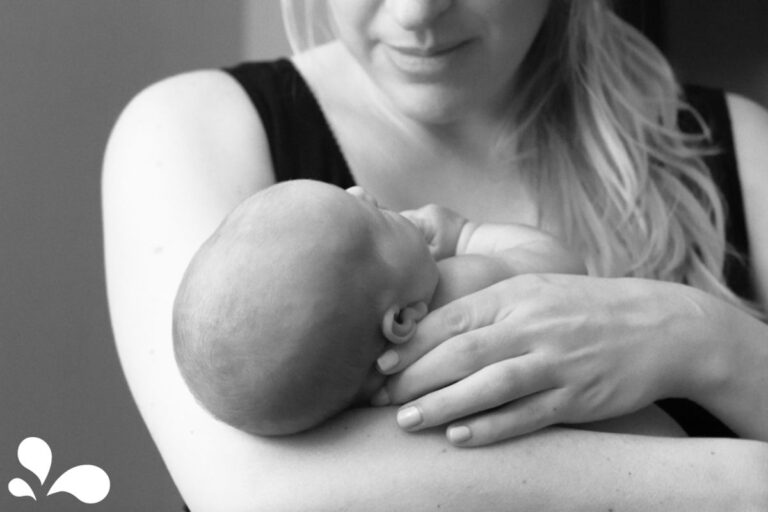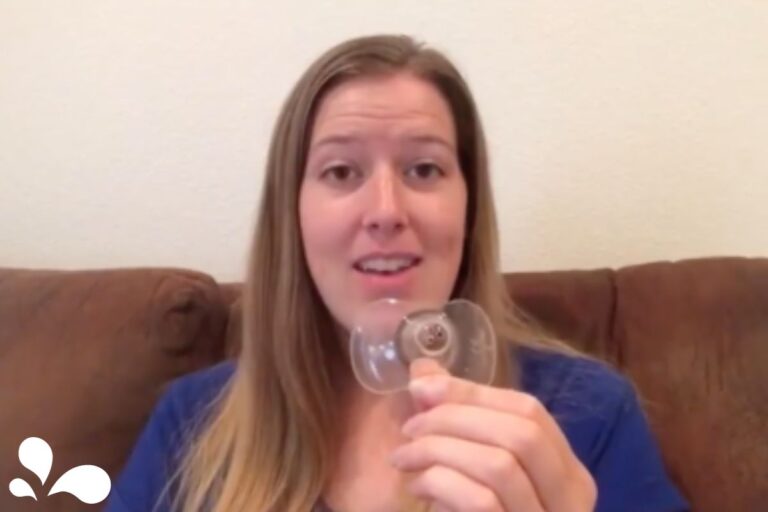When you first enter parenthood, you may feel overwhelmed. A common concern is “how much should my baby eat?” An easy answer might be to watch for signs of fullness: when baby’s eyes start wandering, sucks slower, falls asleep, and/or hands are open and relaxed. But those signs are easier to spot with babies after they’re past the newborn stage.
The reality is that newborn stomachs are fairly small. Care to guess how much a newborn stomach can hold?
Quiz yourself
Question: What is the average feeding volume for a newborn on day one?
A. 27 mL
close to a travel-sized bottle of hand sanitizer
B. 12 mL
close to a small bottle of nail polish
C. 6 mL
close to a teaspoon
D. 18 mL
close to a travel-sized baby shampoo bottle
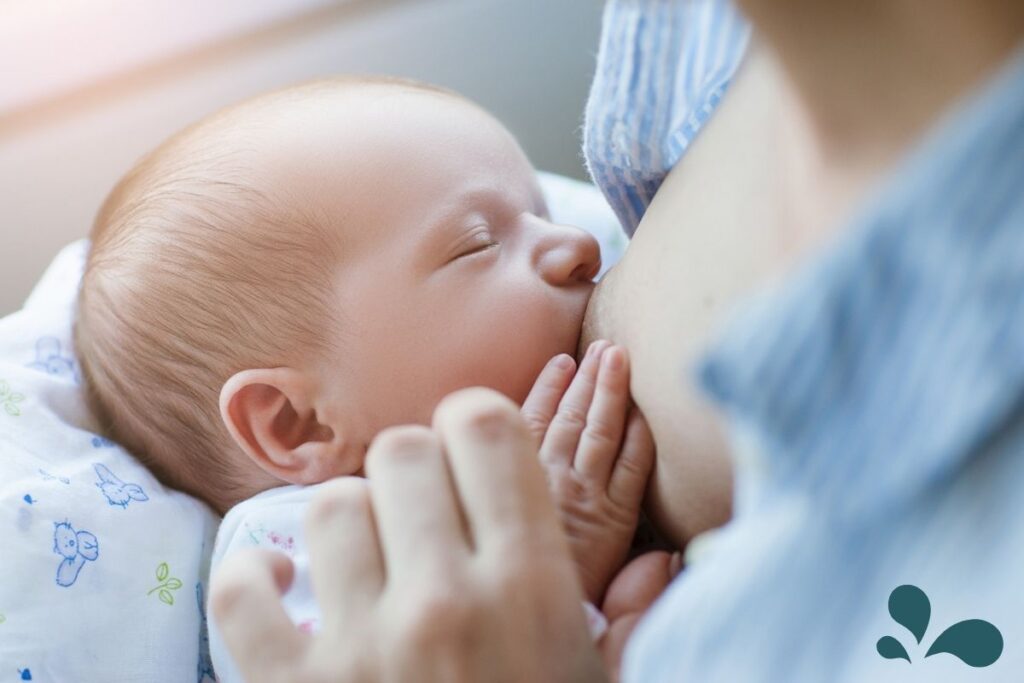
Did you get it right? A newborn’s stomach size is relatively small and varies based on the size and weight of the baby. Researchers have found that the average volume of a feeding for a newborn on day 1 is about 6 mL; some babies drink more, and some drink less.
Understanding stomach size by comparison
Let’s start with the question, “what is the average volume of breastmilk my newborn needs?” To understand this, you need to grasp that this changes fairly quickly in the first month.
Day One
On day one, baby averages feeding volumes of about 6 mL (½ TBSP) of colostrum per feeding. Because of this small volume, feedings are often very frequent, every 1-2 hours.
Colostrum is highly concentrated with nutrients. Thus, while your baby is consuming very little (by adult standards), baby is getting plenty of nutrients.
For reference, your baby’s stomach is roughly the size of a single cherry per feeding.

Day Three
By day three, baby drinks about 27 mL (0.75-1 oz) of breastmilk per feeding.
At this time, your body will start to transition from colostrum to mature breast milk. You may notice that your breasts are more full and tender. This is normal. Continue to feed your baby when they show signs of hunger and at least every 2-3 hours around the clock.
At this point, your baby’s stomach is about the size of a walnut.
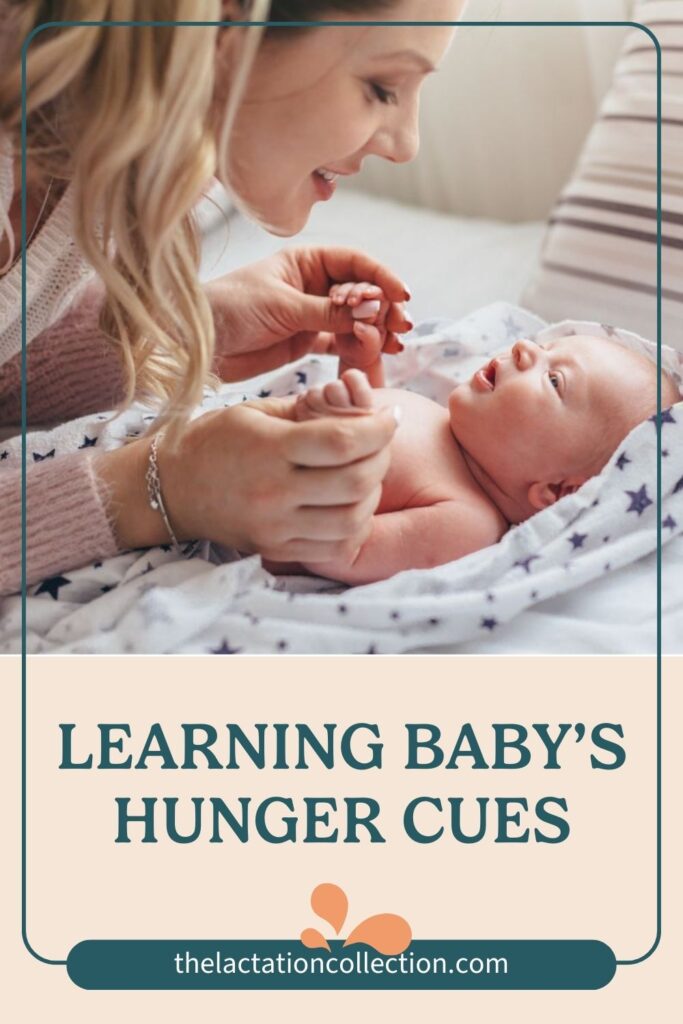
Learn Your Baby’s Hunger Cues
Did you know that crying is a late-stage hunger cue?
There are three stages of hunger cues: early, mid, and late. Feeding your baby when they show early hunger cues will prevent the baby from getting over-hungry and can help establish your breastmilk supply.
Read the full blog post >>
Blog post: Will I produce enough breastmilk for my baby?
One Week
Around one week old, baby will drink about 45-60 mL (1.5-2 ozs) of breastmilk per feeding. You may still feel engorged at this time. Continue feeding baby on-demand, at least every 2-3 hours (8-12 times a day).
At one week, your baby’s stomach is the size of an apricot. Baby is growing!
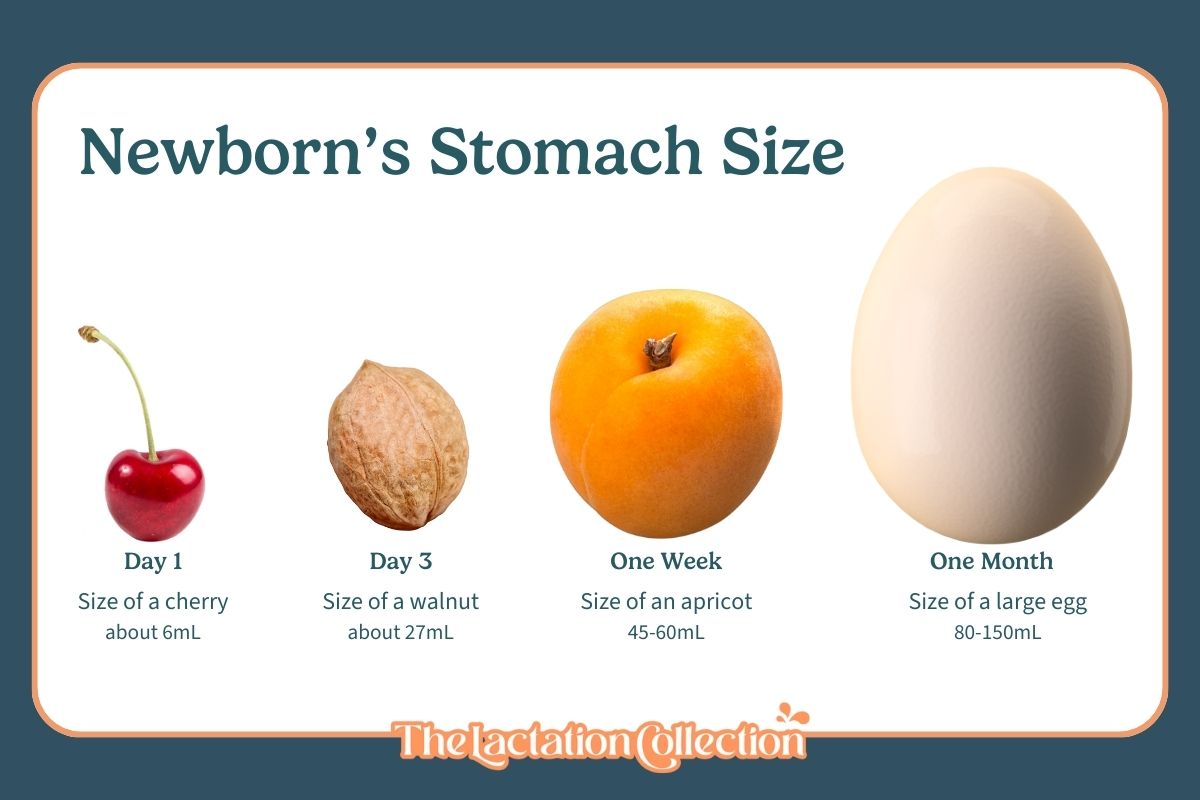
One Month to Six Months
From about one month to six months old, baby will drink about 80-150 mL (2.5-5 ozs) per feeding. Feedings aren’t as frequent, but the volume is certainly increasing. The amount of breastmilk that baby drinks stays relatively the same from one month until around six months when you may start introducing solids. On average, breastfed babies will drink about 19-30 ozs of breastmilk each day.
From one month to six months, your baby’s stomach is about the size of a large egg. That’s quite a bit of growth from the single cherry it started as.
At the end of the day, every baby is different, and your baby may eat more or less. If you’re concerned, reach out to a professional.
